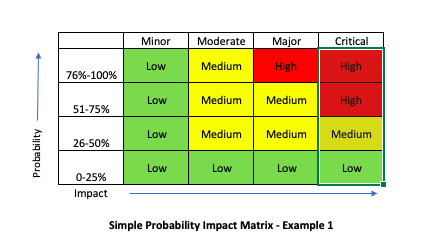

Unevenly distributed around the earth: hazards affect different areas, but the pattern of disaster risk reflects the social construction of exposure and vulnerability in different countries.Invisible: it is comprised of not only the threat of high-impact events, but also the frequent, low-impact events that are often hidden.Dynamic: it can increase or decrease according to our ability to reduce vulnerability.Forward looking the likelihood of loss of life, destruction and damage in a given period of time.

In order to understand disaster risk, it is essential to understand that it is: The losses and impacts that characterise disasters usually have much to do with the exposure and vulnerability of people and places as they do with the severity of the hazard event.ĭisaster risk has many characteristics. A man and a woman travel by boat in a flooded street of the city of Hoi An, following the passage of Typhoon Molave in Vetnam (2020). There is no such thing as a natural disaster, but disasters often follow natural hazards.

Intensive risk is disaster risk associated with low-probability, high-impact events, whereas extensive risk is associated with high-probability, low-impact events. What is disaster riskĭisasters are sometimes considered external shocks, but disaster risk results from the complex interaction between development processes that generate conditions of exposure, vulnerability and hazard. Disaster risk is therefore considered as the combination of the severity and frequency of a hazard, the numbers of people and assets exposed to the hazard, and their vulnerability to damage. Disaster risk is widely recognized as the consequence of the interaction between a hazard and the characteristics that make people and places vulnerable and exposed.


 0 kommentar(er)
0 kommentar(er)
